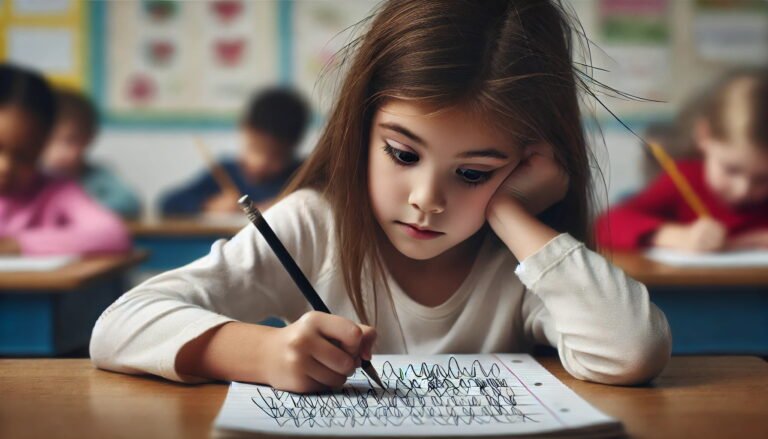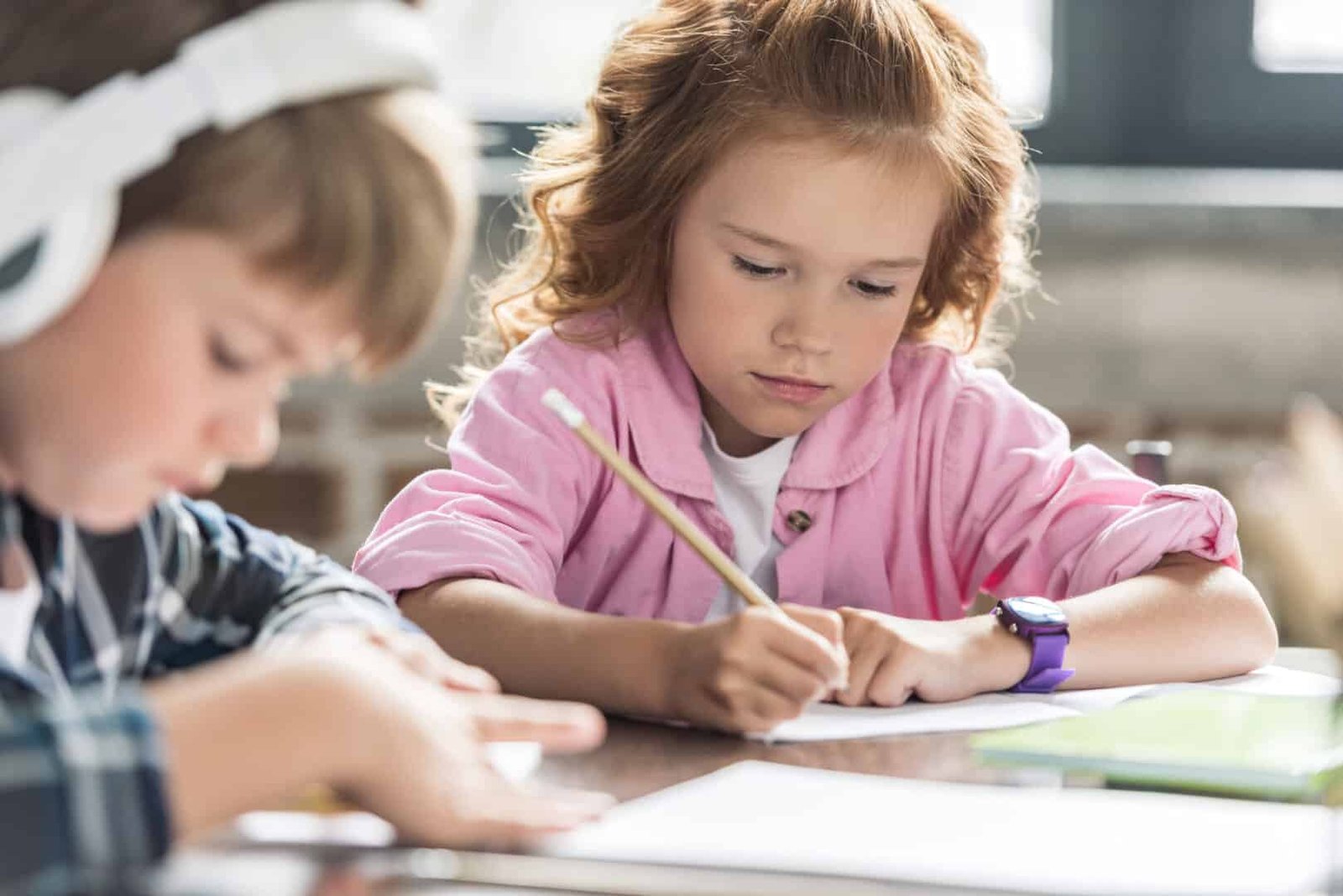Dysgraphia: A Comprehensive Guide for Parents, Educators, and Those Who Experience It
Dysgraphia is a specific writing difficulty that can affect children, adolescents, and adults. This article aims to inform and support parents, educators, and individuals living with this condition, providing strategies, therapies, and approaches focused on individual strengths and abilities.
What is Dysgraphia?
Dysgraphia is a learning disorder that affects the ability to write accurately and fluently. It manifests in difficulties forming letters, problems organizing written content, and, in some cases, issues with stroke coherence and spacing. It is not an indicator of low intelligence; many people with dysgraphia possess outstanding abilities in other areas, such as creative thinking and problem-solving.
Signs and Symptoms
Identifying dysgraphia early is crucial to providing the right support. Some common signs include:
- Difficulties in letter formation: Poorly formed letters or inconsistent letter size and shape.
- Organizational problems: Difficulty structuring ideas in writing, which can lead to disorganized sentences and paragraphs.
- Hand tension: Discomfort or fatigue when writing, which can make the experience frustrating.
- Slow writing speed: The need to spend more time on the writing process.
If these symptoms are observed, it is advisable to consult a specialist for a detailed evaluation.
Strategies for Managing Dysgraphia
1. Adaptations in the Educational Environment
- Use of technology: Tools such as computers, tablets, or voice recognition software can facilitate the writing process.
- Visual materials: Diagrams, charts, and concept maps can help organize ideas before writing.
- Additional time: Allowing extended deadlines for written tasks can reduce pressure and improve performance.
2. Techniques and Exercises
- Fine motor skills practice: Specific exercises to strengthen hand-eye coordination can improve letter formation.
- Multisensory techniques: Combining the use of sight, touch, and movement helps reinforce memory and correct letter formation.
- Structured routines: Establishing regular writing schedules and routines facilitates skill development and reduces anxiety.
Specialized Therapies and Support
Occupational Therapy
Occupational therapists can design specific exercises to improve fine motor skills and coordination. These professionals work to make the writing process smoother and less tiring.
Psychopedagogical Interventions
Specialized education professionals can implement adapted teaching strategies, helping students organize their ideas and use writing techniques suited to their needs.
Emotional and Psychological Support
Frustration and low self-esteem can arise when facing dysgraphia. Psychological support can be key to developing a positive and resilient attitude toward academic and personal challenges.
Focusing on Strengths and Abilities
It is crucial to remember that dysgraphia does not define a person’s intellectual capacity or creative potential. Many individuals with dysgraphia excel in areas such as:
- Creativity and innovative thinking: The ability to see alternative solutions and think “outside the box.”
- Verbal and oral skills: These individuals often have excellent verbal communication skills, allowing them to express themselves clearly in oral contexts.
- Problem-solving: The experience of overcoming daily challenges can translate into a strong ability to face and solve complex problems.
Encouraging and developing these strengths is vital for individuals with dysgraphia to feel confident and valued. By focusing on what they do well, self-esteem is reinforced and comprehensive development is promoted.
Conclusion
Dysgraphia is just one part of the diversity in learning processes. With the right support, adaptations in the educational environment, and specialized therapies, it is possible to overcome the barriers associated with this condition. Parents, educators, and professionals play a fundamental role in creating supportive environments and encouraging people to focus on their unique strengths and abilities.
Always remember that each person has a unique set of talents, and the key lies in discovering and enhancing those resources to achieve personal and academic success.
In Resources, you will find materials designed to help parents and educators, with tools to promote inclusion and activities for children to understand what they are experiencing and how to manage it positively. Our goal is to provide families and educators with the knowledge and tools needed to build a more inclusive and empathetic environment. Explore and join us in raising awareness together!












